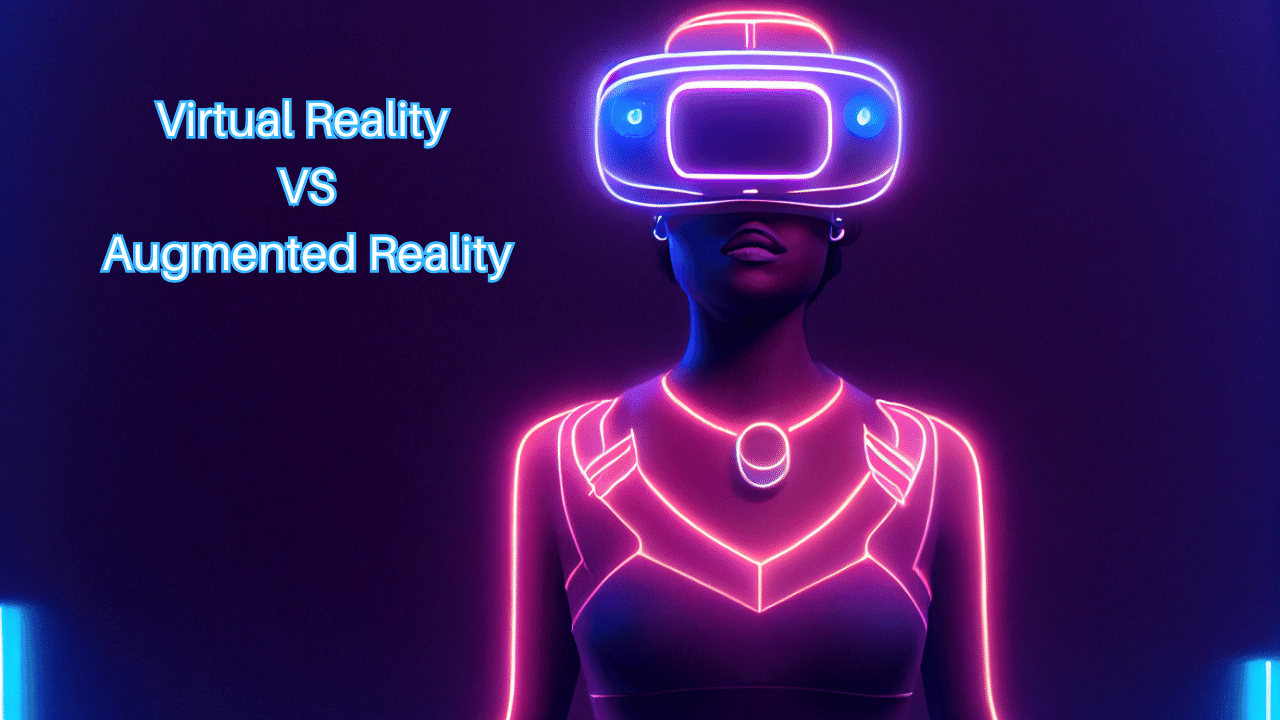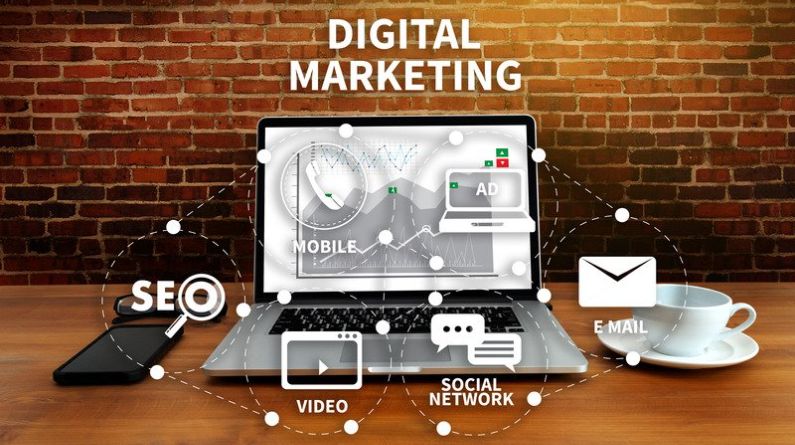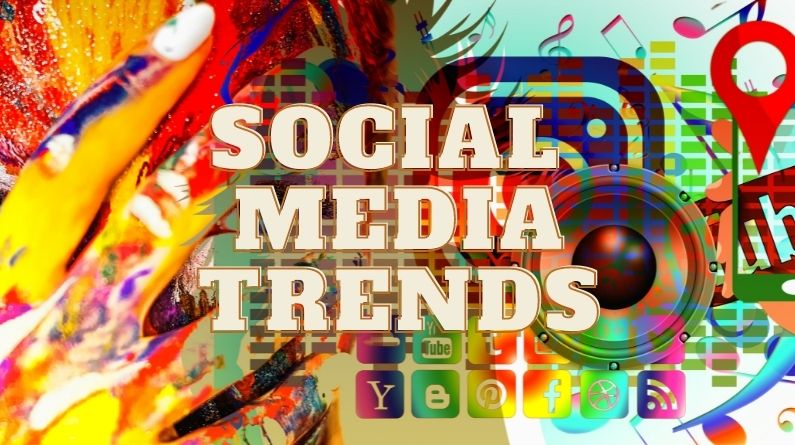Virtual Reality (VR) and Augmented Reality (AR) are two emerging technologies that have revolutionized the way marketing strategies are designed and implemented. While both offer immersive experiences, there are distinct differences between the two. In this article, we will delve into the fundamental disparities between VR and AR and explore how each technology can be harnessed to enhance marketing experiences and consumer engagement.
The Fundamental Differences: Virtual Reality and Augmented Reality

Virtual Reality is a technology that creates a completely simulated environment, disconnected from the real world. Users are transported into a computer-generated environment through the use of a VR headset, providing a completely immersive experience. On the other hand, Augmented Reality is a technology that superimposes digital content onto the real world, enhancing the real-world environment rather than replacing it. AR can be experienced through devices such as smartphones or smart glasses, allowing users to view and interact with virtual elements within their real surroundings.
Harnessing Virtual Reality: Transforming Marketing Experiences
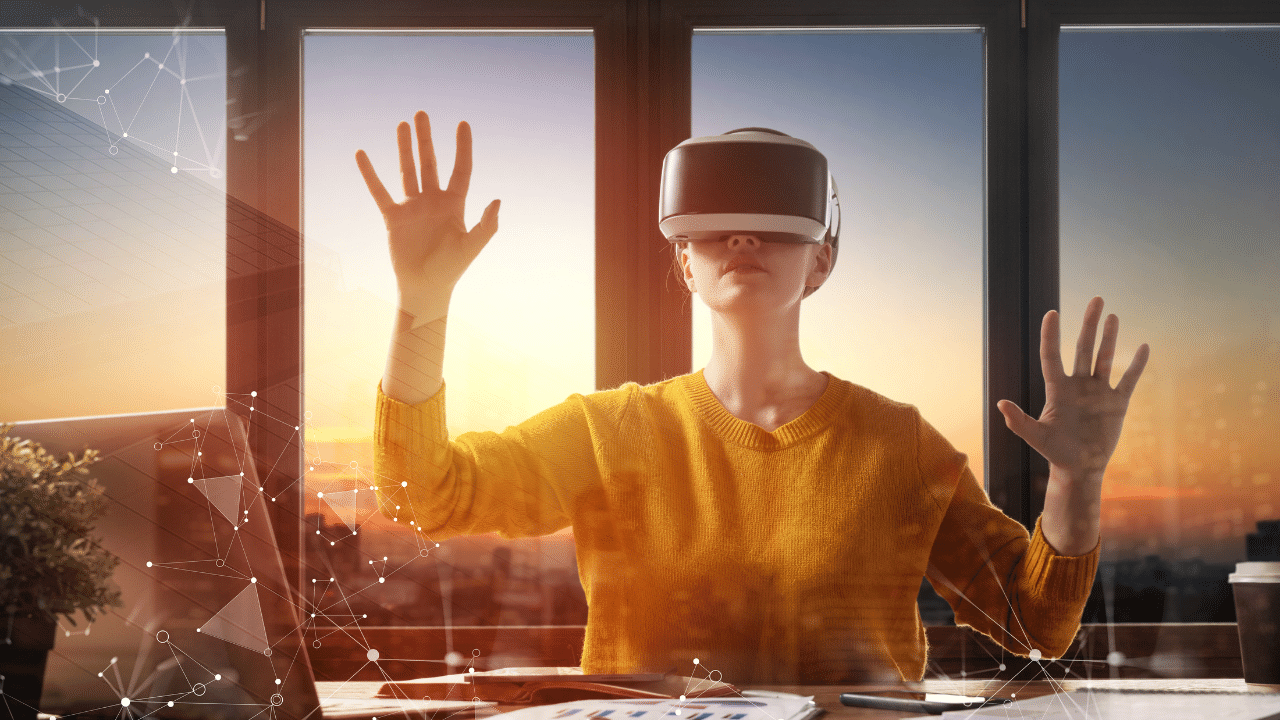
Virtual Reality has the power to completely transform marketing experiences by enabling brands to transport consumers into virtual realms that align with their products or services. For example, a travel agency can utilize VR to give potential customers a virtual tour of exotic destinations, allowing them to experience the sights and sounds before making a purchase decision. This immersive experience helps to build emotional connections with consumers, increasing the chances of them engaging with the brand and ultimately making a purchase. Furthermore, VR can also be used for product demonstrations, enabling customers to experience a product before buying it, such as test-driving a car or trying on virtual clothing.
Exploring Augmented Reality: Enhancing Consumer Engagement
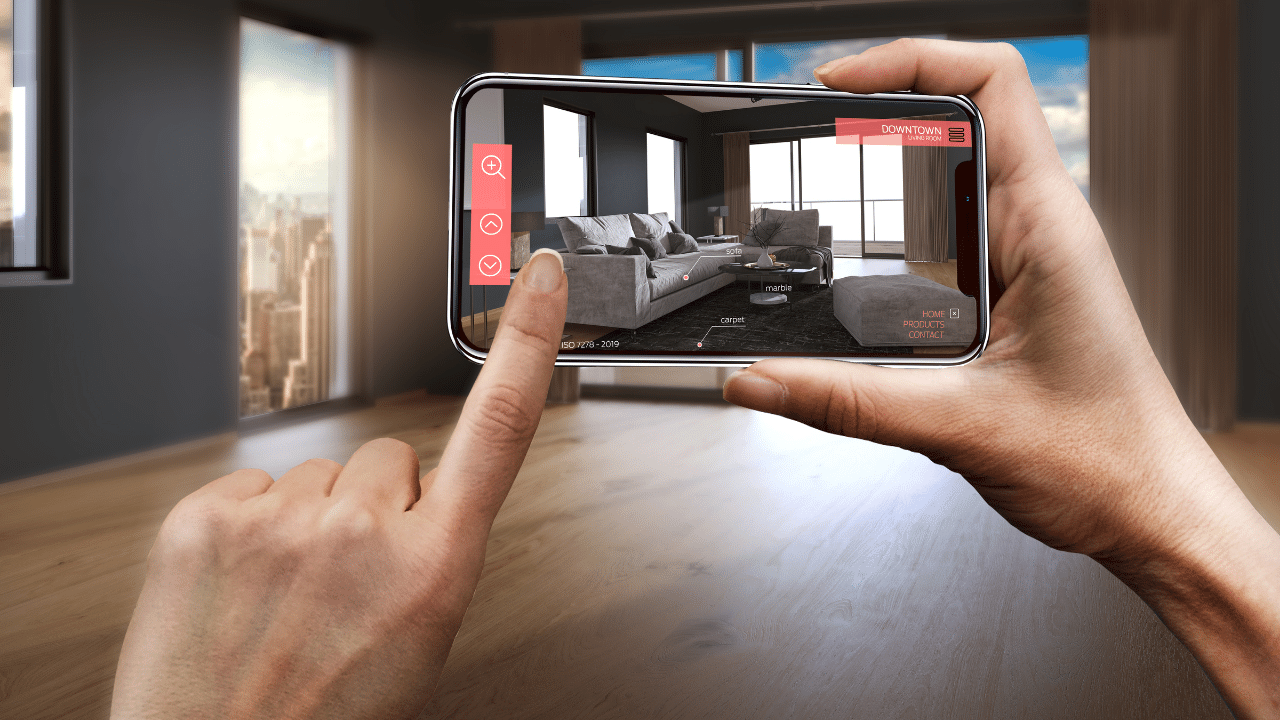
Augmented Reality offers unique opportunities for brands to enhance consumer engagement by overlaying digital content onto the real world. For instance, AR can be used to create interactive and engaging advertisements that appear as virtual elements in the user’s surroundings. This interactive experience captures the attention of consumers, making them more likely to engage with the brand and remember the advertisement. Additionally, AR can also be used to provide customers with real-time information and assistance. For example, a furniture retailer can use AR to allow customers to visualize how different pieces of furniture would look in their own homes, increasing their confidence in making a purchase.
In conclusion, both Virtual Reality and Augmented Reality offer unique opportunities for marketers to create innovative and engaging experiences for consumers. While VR provides a completely simulated environment, AR enhances the real world by overlaying digital content. By harnessing these technologies, brands can create immersive experiences, build emotional connections, and enhance consumer engagement. As VR and AR continue to evolve, the possibilities for marketing strategies will only expand, leading to a more interactive and personalized future for consumers.

